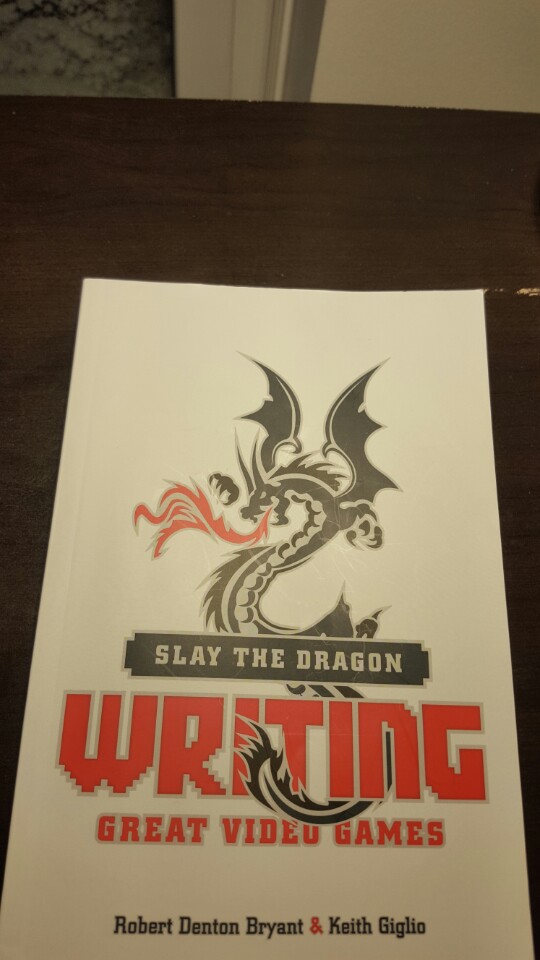Slay the dragon_Johnny
by Johnny Cho
- November 21
- in
The book, slay the dragon writing great video games, is helpful for providing the cues how you can create a better storytelling content in the digital world. Even though lots of parts are focusing on the game scenario, it touches lots of general issues related to the digital storytelling as well such as the definition of the game designer, the role of narrative in the game, etc. I want to quote some of the good writing from the book and compare it with my project so that I can adopt some of the ideas from his innovative thinking.
- Immersion: Context is everything
My final project is to create the African village. I want to demonstrate how the African students are having a hard time to learn something and how the educational environment in the Africa is poor. As the storytelling perspective, the key concept is contextual that how I well to deliver the poor African classroom environment. In the book, our focus as game writers should constantly be how best to merge story and gameplay so that a player’s emotions and actions become one. So that the players are not just rewarded for killing the dragons and saving the princess, but feel emotionally fulfilled; as if they have not just watched a great adventure, but they have lived it. This feeling of participation-immersion into the game – is what games can do so much better than movies and television and novels. I got the hint from the book that the immersive content has to be fulfilled the emotion. Thus, I will research more about the real events or issues related the refugee education or African education. http://allafrica.com/stories/201610110415.html
- Playing your character & dialogue
In the book, the author says that narrative designers must “understand a character’s psychological motives, perform their actions, and connect their experiences with your own. The same can be said of a character and its player.” I always concern about how should I make the main character and how he/she take a role in the scene. I might set up the African boy as the main character, so it would be first person perspective. You can feel the same way the African boy feels.
Furthermore, I believe that interactivity is the most important part of creating the VR storytelling. In the book, the author says that dialogue is a primal storytelling technique. Whether it is dialogue over heard by or engaged with the PC, dialogue is very straightforward, emotional storytelling. As he says that the dialogue has the beneficial components, I would take his advice to use the dialogue in my project. Basically, if the player touches the another character, the playing dialogue action will be started. It was the very helpful book to read and reconsider the conceptualization of my project.




COMMENTS